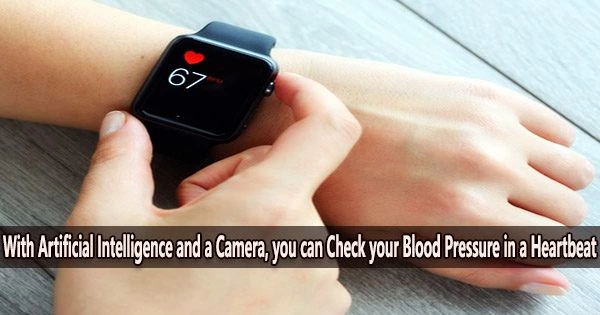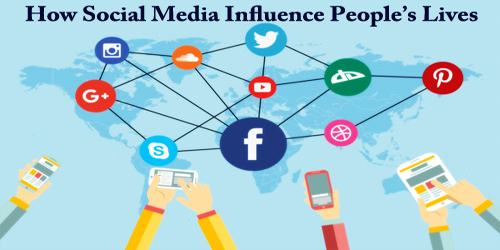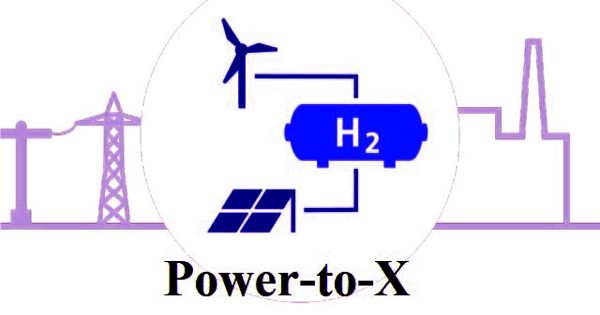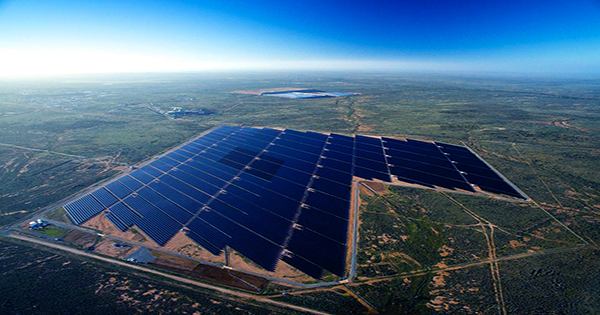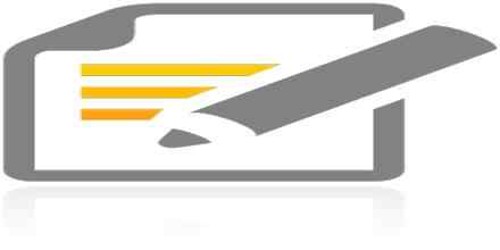Engineers at the University of South Australia have created a system that remotely measures blood pressure by recording a person’s forehead and using artificial intelligence algorithms to extract cardiac signals.
Engineers from the University of South Australia and Baghdad’s Middle Technical University have developed a non-contact device to precisely detect systolic and diastolic pressure using the remote-health technology they invented to monitor key health signals from a distance.
According to the researchers, it might take the place of the current laborious and uncomfortable procedure of securing an inflated cuff to a patient’s arm or wrist.
In a recent work published in Inventions, the researchers present a method for collecting cardiac signals from two locations on the forehead using short-distance video recordings of people for 10 seconds.
Compared to the current blood pressure measuring device, a digital sphygmomanometer, which is prone to inaccuracies, the systolic and diastolic readings were about 90% accurate.
Monitoring blood pressure is essential to detect and manage cardiovascular diseases, the leading cause of global mortality, responsible for almost 18 million deaths in 2019. Furthermore, in the past 30 years, the number of adults with hypertension has risen from 650 million to 1.28 billion worldwide.
Professor Javaan Chahl
To overcome the shortcomings mentioned in earlier studies, experiments were conducted on 25 individuals with various skin tones and in various lighting environments.
“Monitoring blood pressure is essential to detect and manage cardiovascular diseases, the leading cause of global mortality, responsible for almost 18 million deaths in 2019,” UniSA remote sensing engineer Professor Javaan Chahl says. “Furthermore, in the past 30 years, the number of adults with hypertension has risen from 650 million to 1.28 billion worldwide.”
When direct physical contact with patients is risky or challenging, as it was during the recent COVID outbreak, the health industry requires a system that can precisely measure blood pressure and evaluate cardiovascular risks.
“If we can perfect this technique, it will help manage one of the most serious health challenges facing the world today,” Prof Chahl says.
The cutting-edge technology has come a long way since 2017, when the UniSA and Iraqi research team demonstrated image-processing algorithms that could extract a human’s heart rate from drone video.
In the last five years, the researchers have created algorithms to monitor more vital signs, such as infant jaundice, oxygen saturation, temperature, and respiration rates from 50 meters away.
During the pandemic, their non-contact technique was also used in the US to remotely check for COVID-19 symptoms.
